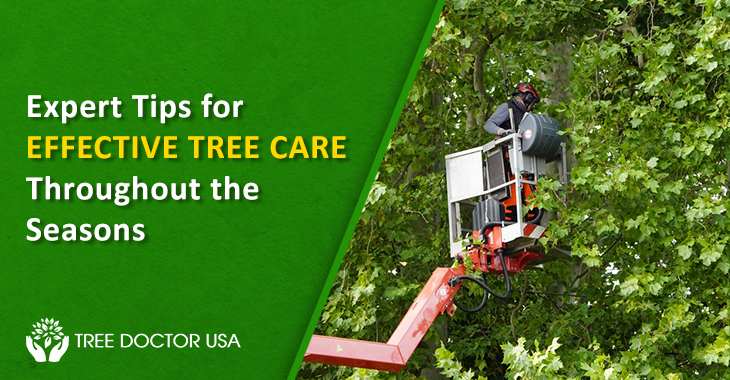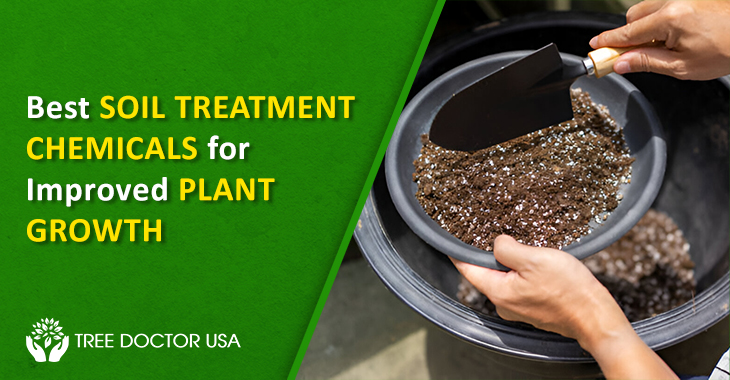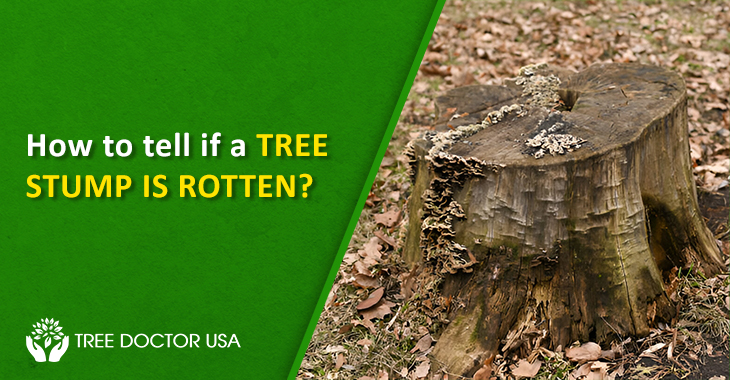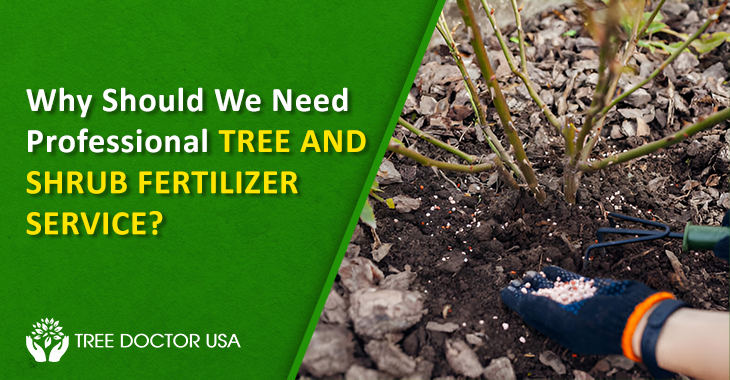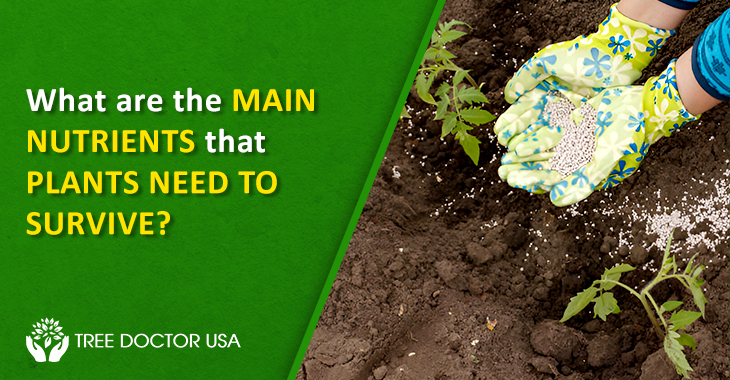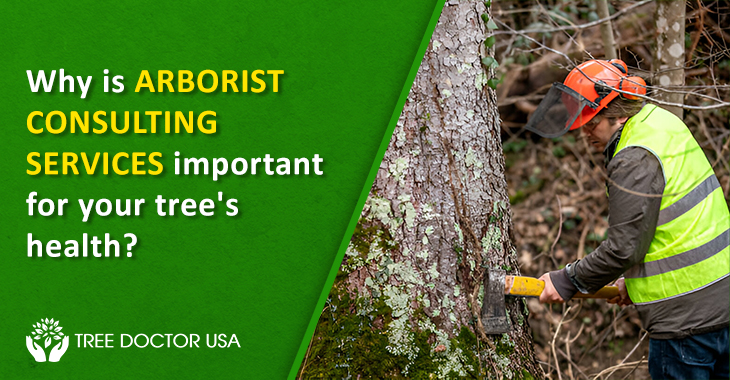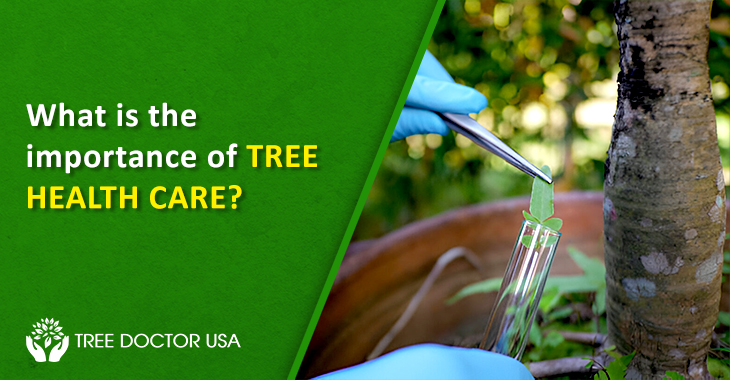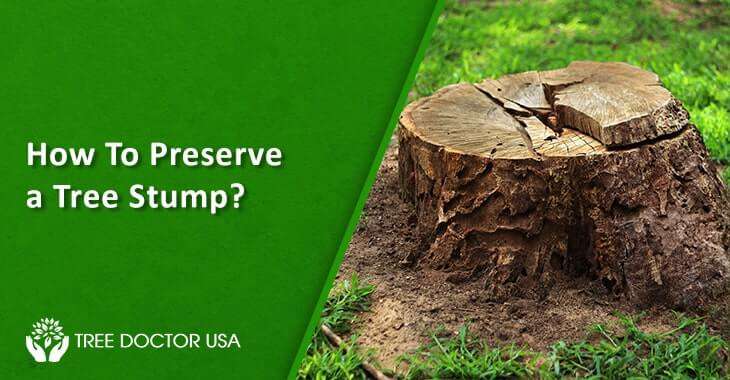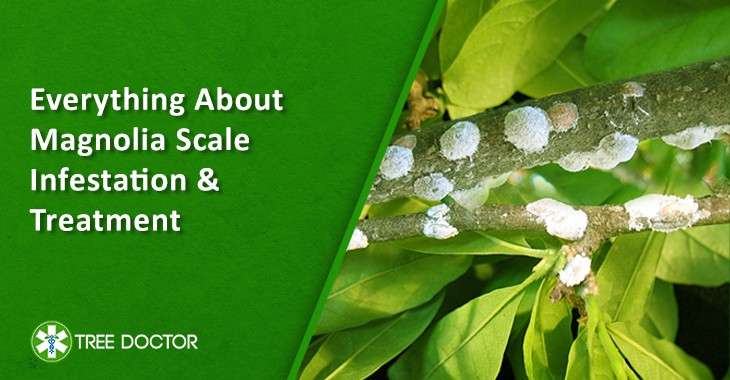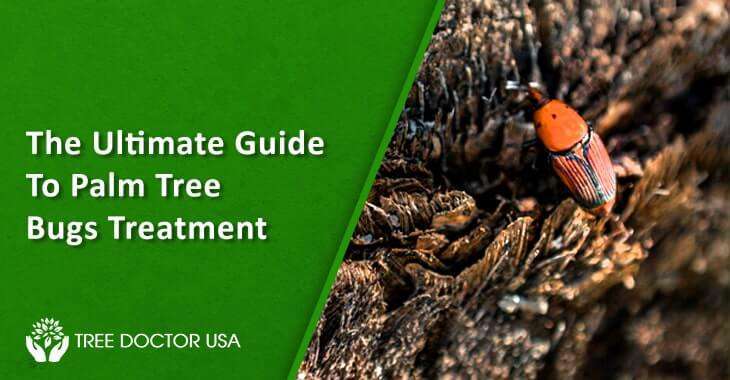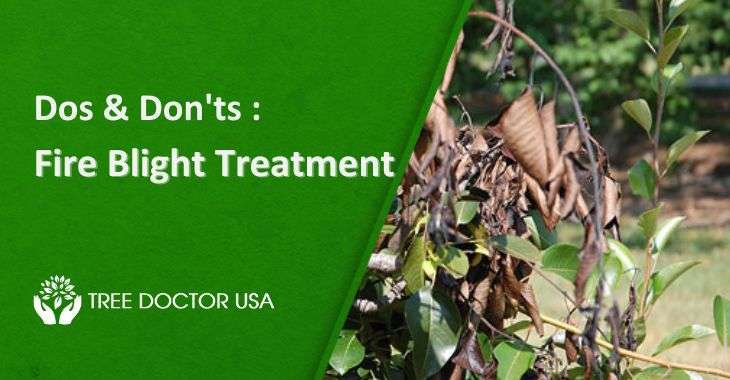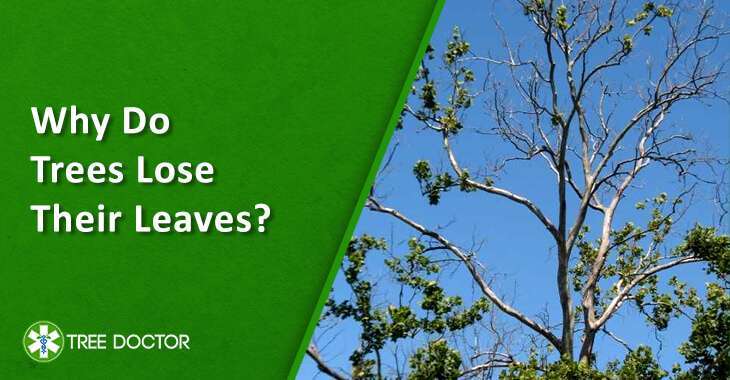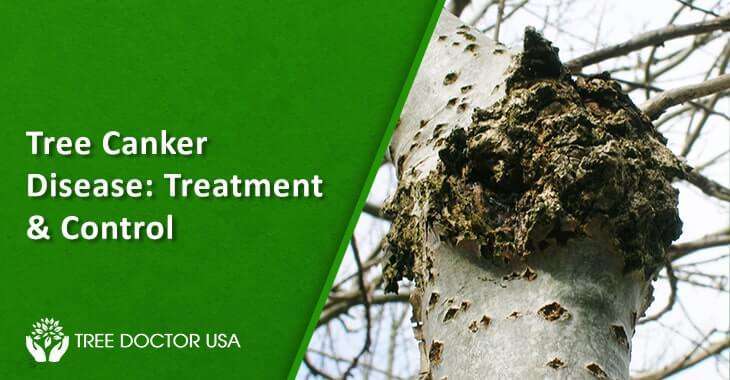Expert Tips For Effective Tree Care Throughout The Seasons
A simple lawn with shrubs and trees or a fruit orchard, and owning trees, requires proper care in every season. The benefits are a shade of large trees on hot days, our everyday food, and a nesting ground or a relaxation place in your garden. The benefits are many and invaluable. To reap these benefits consistently, proper tree care and maintenance is required. Often, an owner would need help to provide the appropriate care. Here is when expert tips and assistance would be necessary. This guide summarizes those tips for effective tree care throughout the seasons. Read further to know.
Best Expert Tips for Tree Care Year-Round
The following section provides the best tips for tree care in each season. It also provides advice for expert assistance for optimal tree health and maintenance.
The changing cool air indicates the changing season, and the trees feel it, too. Helping our green allies through this transition promotes health and longevity.
Tree Care Needs for Spring
- Inspection and Pruning
- Start by looking for broken or dead branches. Winter causes more of such damage.
- A targeted pruning of these damaged parts will promote vigorous development and prevent diseases.
- Mulching
- Apply mulch around the tree base.This helps retain moisture, regulate soil temperature, and reduce weeds.
- Word of caution: Keep mulch a few inches away from the trunk to prevent rot.
- Fertilization
- A slow-release fertilizer is suggested for tree species.
- However, a soil test is recommended to determine nutrient deficiencies.
- Watering
- Despite the spring rainfall, see that trees get adequate water.
- The trick is to water deeply even if the frequency is less. This helps in optimal root growth and makes the plant resilient.
- Pest and Disease Management
- Make a schedule to check up on the appearance. Check for signs of pests and diseases. Discolored leaves and unusual growth may indicate pest infestation.
- Employ a holistic strategy for pest control. Integrated pest management is a widely known practice of introducing beneficial insects that prey on harmful pests. This practice naturally removes the pests. Examples of insects used are ladybugs and lacewings.
- Organic solutions such as neem oil and insecticidal soaps are also preventative strategies.
- Tree Planting
- Planting new trees in spring is a great option.
- After knowing the climate and soil characteristics, choose the suitable plant species. Planting at the correct depth is crucial. Along with this, regular watering is important until established.
Summer Tree Care, Sustenance, and Protection
Summer is a time of increased stress due to high temperatures and intense sunlight. Some areas may also be prone to drought. Therefore, effective tree care practices should be followed to sustain and protect tree health. Here are the recommended practices-
- Deep Watering
During the hot summer months, trees require consistent watering. The trick is to water deeply so it reaches the roots. The advised time to water is early morning or late evening. This is because watering at this time reduces evaporation and absorption capacity is high.
- Mulch Maintenances
Check the previous mulch layer for signs of thinning; add a new layer, if required. Mulch is used for maintaining root temperature and preventing weed growth.
Mulching is a great practice for retaining moisture. However, mulch should be applied a few inches away from the trunk. This practice prevents rot caused by trapped moisture.
- Pruning and Shaping
Limited pruning is recommended for summers. The main purpose is to get rid of water sprouts and suckers, which compete for vital resources.Prefer light pruning to maintain the tree’s shape in hot months. Regularly check for damaged and diseased branches.
- Monitor for Pests and Diseases
Hot summers encourage pest growth and diseases. Regular inspections become more important in summer.
Natural solutions such as insecticidal soaps and oils are recommended as a preventative measure.
- Protection from Heat Stress
Young trees are more prone to heat stress. Adequate water and creating temporary shade structures are common practices.
Any mechanical damage to the bark should be prevented.
Fall Preparation for Dormancy
- Deep Watering
Cold months make trees susceptible to moisture loss. This is why deep watering is essential. This is helpful to replenish lost moisture, especially in evergreens.
- Fertilization
A slow-release fertilizer is recommended for trees during dormancy. This way, the tree absorbs nutrients efficiently and promotes healthy growth for the next growing season.
- Mulch Application
Mulching remains important for winters to provide insulation to the roots from extreme cold. Moisture retention becomes more important in winter as it prevents frosting. A fresh layer of mulch around the tree base is recommended.
- Leaf Management
The practice of falling leaves to be used as mulch or compost is common. However, it is recommended that a thin layer of mulch should be applied rather than a thick layer. This practice allows more sunlight and prevents diseases.
- Pest and Disease Inspection
Regular inspection of trees is essential. Look for pest infestation or signs of diseases right before winter begins. Act promptly if you suspect any issues. Remove or treat the diseased plant material to reduce the risk of future infections.
Winter Protection and Maintenance
- Pruning
Winter is ideal for trimming deciduous trees. Their dormancy and bare branches allow precise cuts, removing dead or damaged limbs. This improves airflow, reducing disease risk and promoting healthier growth.
- Mulch Maintenance
Check the mulch layer for its thickness. The decreased thickness indicates it needs replenishment. Apply a thin layer again and ensure the mulch does not touch the tree trunk to prevent rot.
- Winter Protection
Winter frosting is harmful to the trees in many ways. Wrapping trunks with tree wrap or burlap is effective for protecting young trees against winter sunscald and frost cracks. However, remove this wrap in early spring to prevent moisture buildup and pest problems.
- Snow and Ice Management
If you are regularly checking on the ice buildup, gently brush off heavy snow from branches to prevent breakage. Salt-based deicers should be avoided near trees as they harm the roots and soil structure. Non-toxic alternatives available are recommended.
- Monitor for Wildlife Damage
Tree guards and fencing are essential in protecting trees from wildlife damage. Repellants are also available for use in such situations. These are mainly used for deer, rabbits and rodents, which affect the tree bark and roots.
Year-Round Best Practices For Tree Care
Here are the common best practices for tree care-
- Consistently monitor trees for signs of stress, pests and diseases, as early detection and treatment are crucial for maintaining tree health. Regularly record observations and any treatments you give each tree.
- Regularly test the soil to monitor pH and nutrient levels, as healthy soil forms the foundation for healthy trees. Composting should be a regular practice to improve soil structure and fertility.
- Ensure long-term health by correctly planting trees. Choose appropriate tree species for your climate and soil conditions, and plant them at the correct depth, ensuring the root flare is visible at the soil surface. Water newly planted trees deeply and regularly until they establish themselves.
- Protect trees from mechanical damage caused by lawnmowers, string trimmers and construction equipment. Install protective barriers around tree bases and apply mulch rings to protect trunks from the equipment.
- Seek guidance from certified arborists for complex tree care tasks, including significant pruning, disease treatment, and tree removal. Arborists focus on the safety and effectiveness of the treatment.
Conclusion
Tree care and maintenance need a holistic approach. It should comprise constant monitoring, quick action and planning. The expert recommendations from Tree Doctor USA suffice for promoting health and longevity of your yard or outdoor space. Make regular monitoring your top priority for thriving trees. A proactive stance allows early detection and prompt action. This leads to mitigating problems at a smaller level before they affect the whole tree. Realizing the importance of tree care, effective prevention measures should be implemented. A comprehensive care for nurturing trees is crucial for preserving the beauty of the surroundings. It also contributes to environmental health, thus making a sustainable environment for generations to come.

